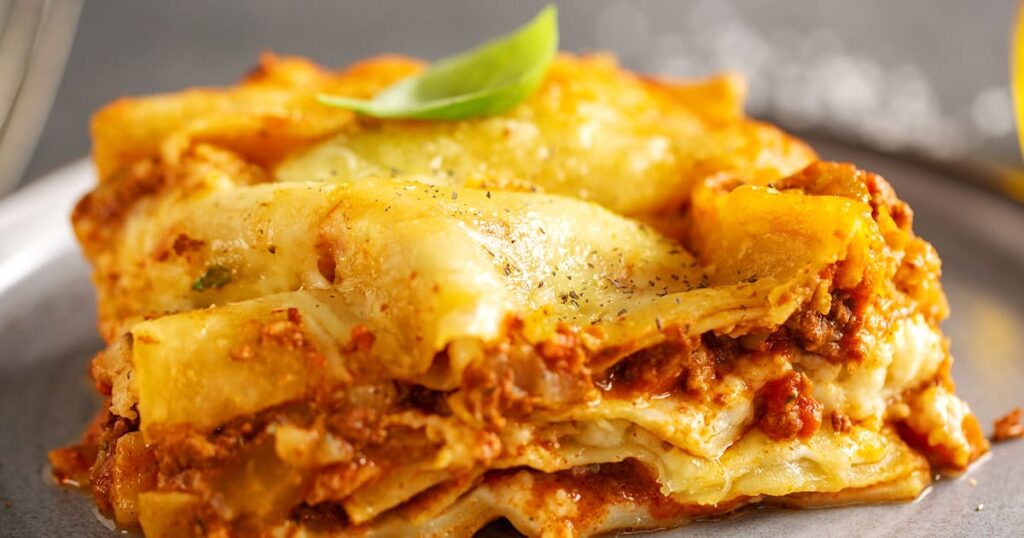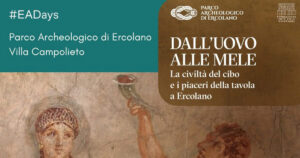Peeling back the layers of lasagne, it’s not just about the ingredients or method, but the people savoring it. Lasagne stands as a testament to the ever-changing palette of humanity. Tracing its roots back to Ancient Greece, the laganon – believed to be the original pasta made from flat strips of dough – set the foundation. From there, the Romans crafted their own version, the lagane, which paved the way for today’s lasagne patina. Despite its vague origins involving a sow’s belly and fish, its journey worldwide saw countless transformations.
Today, the Accademia Italiana della Cucina, guardians of Italy’s culinary treasures, celebrates lasagne as a hallmark of Bolognese fare: spinach egg pasta sheets paired with hearty ragu and creamy bechamel. But lasagne’s charm lies in its adaptability. This is underlined by entire cookbooks, like “Lasagna, A Baked Pasta Cookbook” by Anna Hezel and The Editors of Taste, which not only provide myriad versions but also highlight the distinction between ‘lasagna’ (a single pasta sheet) and ‘lasagne’ (the dish layered with many).
Even within its hometown, Emilia-Romagna, you’ll find variations in the beloved Bologna ragu. The nuances in the mix of meats, the choice of fats, and the perfect soffritto of onion, celery, and carrot provide a unique taste. The ragu’s slow simmering – no less than two hours – combined with subtle hints of nutmeg in the bechamel and a lavish sprinkle of Parmigiano-Reggiano, make it unique.
However, not all lasagne dishes are crafted with such devotion. Regrettably, some interpretations, especially in the UK, have strayed far from its authentic taste and texture. Missteps like overcooked pasta and diluted ragu are common, but nothing tops the unusual experiments like chicken tikka lasagne or even a lasagne sandwich.
Yet, when done right, lasagne stands tall with layers perfectly intact, resembling the delicate finesse of a mille-feuille. Its silken texture and heartwarming flavors make it the ultimate comfort dish. It’s a testament to its status that during the 2020 lockdown, lasagne sheets became essential purchases for many.
The art of making lasagne, however, is a labor of love. From homemade pasta sheets to the patience of slow-cooking sauces, it’s a craft. Chef legends like Massimo Bottura pay homage to this art, celebrating elements like the cherished crispy edges in dishes such as “The Crunchy Part of the Lasagne.”
Beyond Bologna, other regions in Italy have added their unique twist, from truffle-infused versions in Le Marche to the musical crunch of Sardinia’s pane carasau version. Lasagne’s versatility embraces seasonal and vegetarian spins, like the pesto-based lasagne Genovese or versions featuring roasted squash and lentils.
Egg-free lasagne sheets further showcase its adaptability. Made primarily in southern Italy, these sheets stand strong, adding to the dish’s iconic shape. And while making them from scratch, possibly infused with greens like nettles, can be a delight, store-bought versions have their place in our busy lives.
Discover the heart of Italian flavors!
Embark on an unforgettable journey through the bustling streets of Naples. Savor authentic street foods, meet local vendors, and soak in the rich history of this vibrant city. Don’t just read about Italy’s culinary wonders – taste them for yourself! Ready for a mouthwatering adventure?
Dive into Naples: A Street Food Odyssey. Secure your spot now and experience the tastes of Naples like never before!
In essence, lasagne is a dish that has woven its story through time and regions. It’s more than just food – a narrative of evolution, love, and tradition. So, here’s to lasagne – may we continue to relish its many forms and flavors. Buon appetito!




